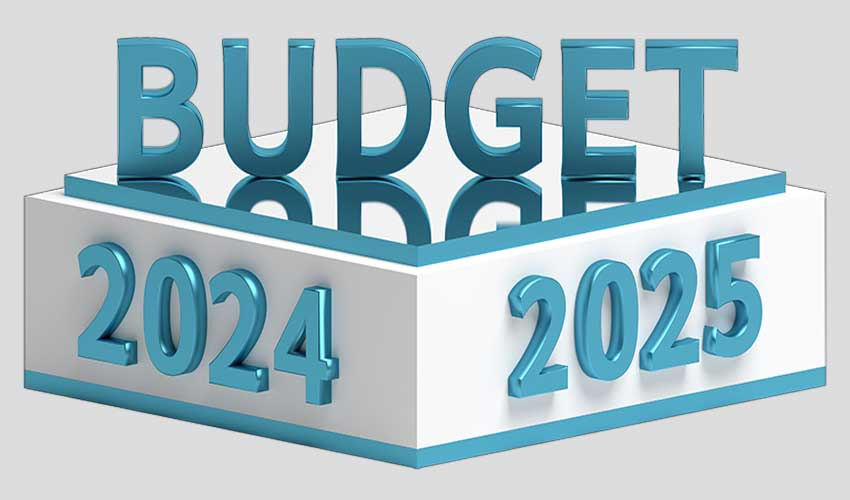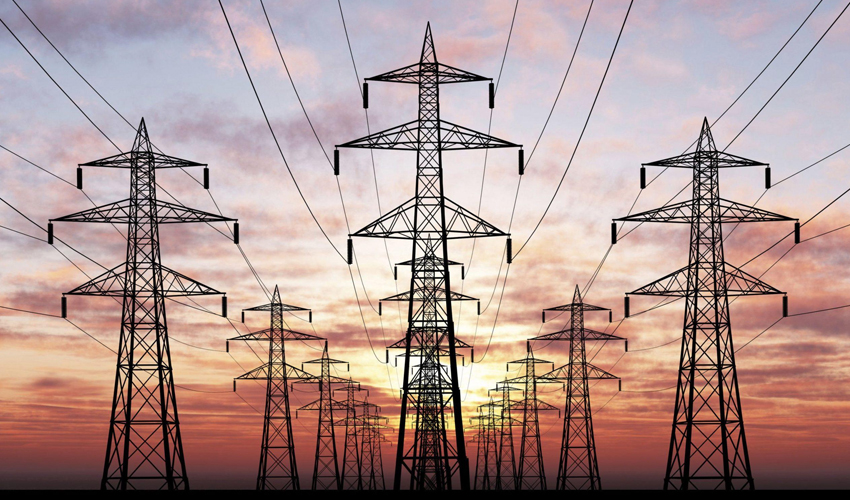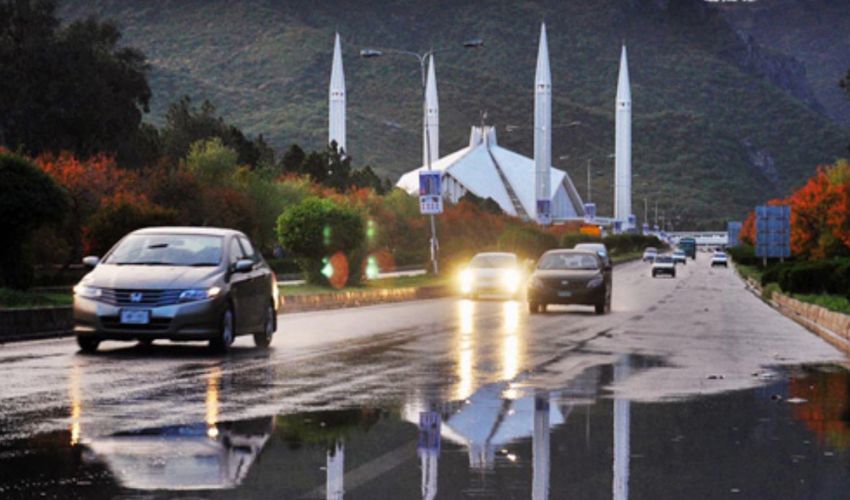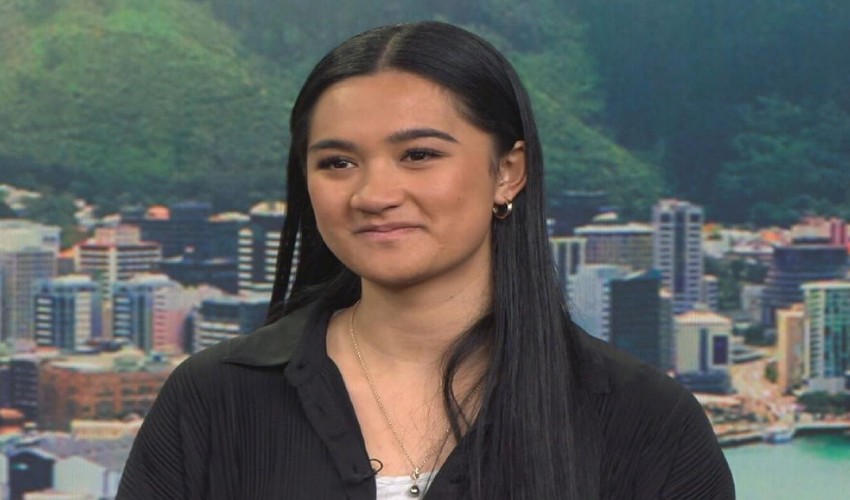The Annual Plan Coordination Committee held its meeting to prepare the budget for the upcoming fiscal year 2024-25. Held under the chairmanship of the Planning Commission deputy chairman, it was attended by ministers and senior officials from all four provinces, Azad Jammu and Kashmir, and Gilgit-Baltistan.
The primary focus of the meeting was to approve the macroeconomic plan and national development program for the next financial year. Key discussions revolved around the development budget of 41 ministries and divisions, aiming to allocate resources efficiently to drive economic growth and development.
Economic targets
Amidst deliberations, the committee proposed a GDP growth target of 3.6% for the next fiscal year. The meeting concluded that the current fiscal year's economic growth stood at 2.38%, falling short of the target of 3.5%. The growth rate is likely to be fixed at 3.7% for the next financial year.
Also Read: Govt proposes new taxes, increased GST, exemptions in upcoming budget
Sector-wise growth targets were also deliberated upon, with the agriculture sector set at 2%, the industrial sector's recommended at 4.4%, and services sector at 4.1%. These targets aim to spur growth and productivity across key sectors of the economy.
Expenditures
Budget projections reveal significant expenditures, with an estimated spending of Rs9,700 billion on interest on loans and a total budget deficit expected to reach Rs9,600 billion in the next fiscal year.
Efforts are underway to address previous fiscal challenges, such as the reduced utilization of the development budget, with only 36% released in the 10 months of the current fiscal year. Out of a development budget of Rs980 billion, only Rs353 billion was used in 10 months.
The national development program has been proposed at Rs2,709 billion in the next financial year, with the volume of federal PSDP proposed to be Rs1,221 billion, as per sources.
Also Read: Planning committee meeting on May 31 to approve next year's fiscal plan
As per sources, Rs877 billion has been proposed to be spent on infrastructure projects after an increase of Rs324 billion for the sector. The social sector development budget is proposed to be reduced from Rs120 billion to Rs83 billion. A significant reduction has been suggested in the education budget, including HEC, from Rs83 billion to Rs32 billion.
Moreover, the plan includes spending Rs378 billion on the energy sector, Rs173 billion on transport, Rs284 billion on water projects, and Rs42 billion on housing. The health sector budget has also been reduced from Rs26 billion to Rs17 billion.
Also, Rs51 billion are being kept for special areas, the sources said.
Economic indicators
The per capita income witnessed an increase of $129 to $1,680 in the current fiscal year, reflecting positive trends in income growth. The savings ratio is proposed to be set at 11.6% for the next fiscal year.
Also Read: IMF forecasts major increase in Pakistan's trade deficit next year
Addressing external factors, considerations are being made to manage the current account deficit, with targets set at $4.2 billion for the next fiscal year. The trade deficit target is proposed at $28 billion, while the remittance target stands at $30 billion, aiming to bolster foreign exchange reserves and stabilize external balances.
Exports are estimated to be $32.5 billion and the volume of imports more than $60 billion.


























